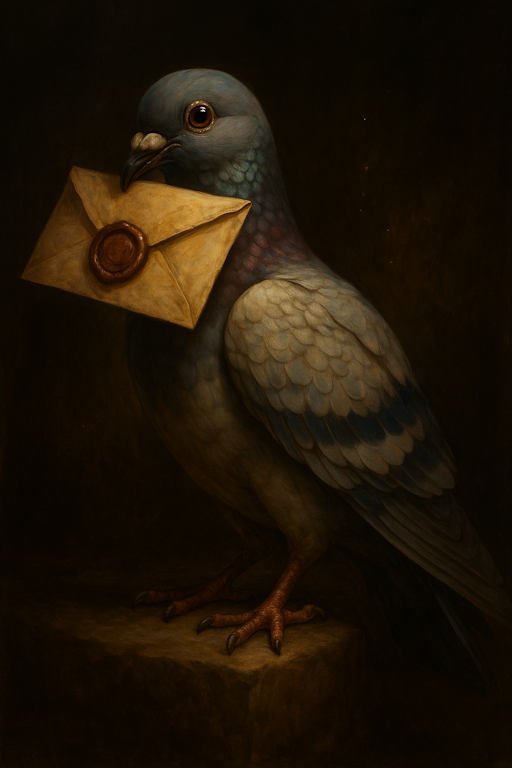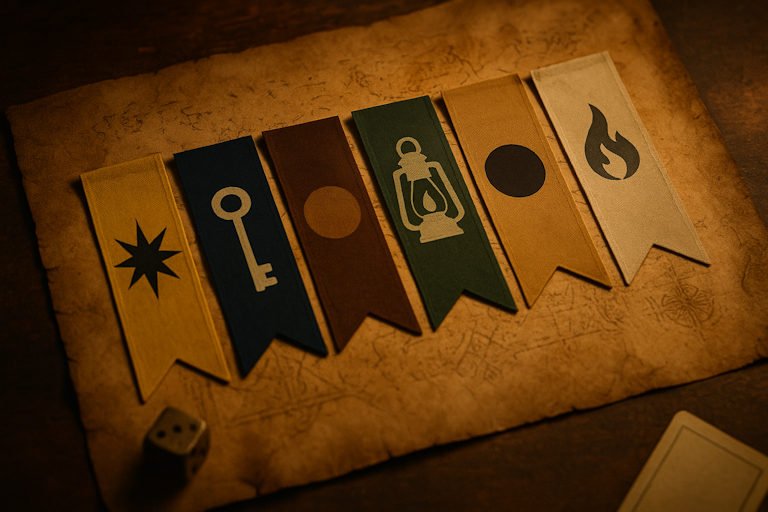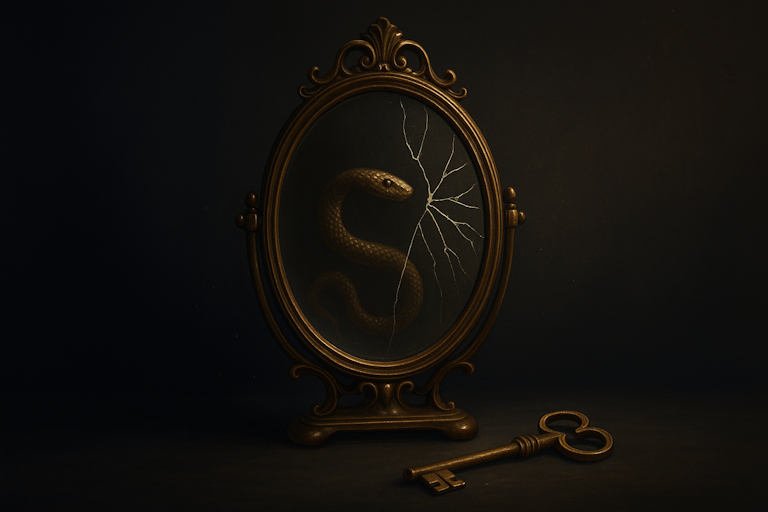
The evolution of detective games: thrilling mysteries from Sherlock Holmes to escape rooms (2025)
The thrill of solving a mystery has fascinated people for centuries. From the foggy streets of Victorian London to today’s neon-lit escape rooms, the evolution of detective games reveals how our hunger for puzzles, logic, and hidden truths has never faded. Each era has reshaped the detective experience, adapting the format while keeping the core appeal intact: the joy of unraveling what others cannot see.
In the early days, detective play was mostly about observation and deduction. Sherlock Holmes inspired generations of readers to test their own logic against the great detective. Over time, those same principles found their way into playful formats — first as parlor mysteries and puzzle hunts, later as organized games that invited groups to share the challenge together.
Today, the evolution of detective games has led to fully immersive worlds where players don’t just watch a case unfold, but step directly into it. Escape rooms, interactive stories, and digital mysteries blend logic with teamwork and atmosphere. The detective role has expanded from the armchair sleuth to the active explorer, proving that while the tools may change, the timeless appeal of solving mysteries continues to grow.
The evolution of detective games: the roots of detective play
To understand the evolution of detective games, we need to look back at where it all began. Long before players were locking themselves in escape rooms or solving puzzles on screens, the detective’s world existed in stories and imagination. The written word gave us the first taste of deduction as play, with Sherlock Holmes setting the gold standard for logical reasoning and clever observation. Readers became silent participants, testing their minds against the great detective’s.
This early fascination with deduction paved the way for detective-style challenges to move from page to parlor. Puzzle hunts, riddles, and staged mysteries invited groups to reenact the thrill of solving a case. The shift from solitary reading to collective play marked a turning point: solving mysteries became not only about logic, but also about shared experience.
As detective games matured, the mechanics of hidden clues, red herrings, and step-by-step reasoning became central. Even in their simplest forms, these games reflected a deep human desire: to impose order on chaos. Finding the missing piece or identifying the culprit gave players a sense of mastery, a reward beyond points or tokens.
What made these early formats so influential was their adaptability. They could be staged in drawing rooms, on paper, or around a family table. The core remained the same: presenting players with a puzzle that looked impenetrable, only to reveal its solution through keen observation and deduction. This foundation explains why the evolution of detective games could stretch so far — because the underlying appeal has never been tied to format, but to the timeless joy of solving what once seemed unsolvable.

Uncover
The Firefly Inn
Behind its lantern light, secrets wait to be revealed. Step closer, and choose your path into the unknown.
From tabletop to immersive worlds
The detective genre has always been about stepping into the unknown, but the way players experience that journey has changed dramatically. What once lived on the page or at the table has expanded into entire environments designed to blur the line between story and reality. The move from static puzzles to fully immersive formats reflects how deeply people crave not just to solve mysteries, but to inhabit them.
The first shift came with group-based formats such as parlor mysteries and roleplay scenarios. Instead of watching a detective solve the case, players themselves became investigators, questioning suspects, piecing together alibis, and debating conclusions. These experiences marked a new level of involvement: no longer spectators, players were now actors in the drama.
The rise of escape rooms accelerated this trend. By combining physical spaces, hidden objects, and strict time limits, they transformed the act of deduction into a visceral experience. Players don’t just think their way through a puzzle — they search, unlock, and collaborate under pressure. The adrenaline of racing against the clock brings an intensity that static board or paper puzzles could never match.
Digital storytelling has taken the concept further still. Online mysteries and interactive narratives allow global participation, often layering multimedia clues across websites, videos, and chat interfaces. The detective role has become hybrid: half sleuth, half explorer, navigating both story and technology.
What unites these immersive formats is the way they place players inside the narrative. Rather than observing from the outside, they live the puzzle, carrying its tension and satisfaction more personally. This step from tabletop to immersive worlds marks one of the most significant transformations in the history of detective play — proof that the appetite for mystery adapts easily to any medium that lets curiosity lead the way.

Uncover
The Firefly Inn
Behind its lantern light, secrets wait to be revealed. Step closer, and choose your path into the unknown.
Quick insights on modern detective games
Modern detective experiences show how far the genre has traveled. They no longer rely on simple puzzles alone; instead, they weave atmosphere, teamwork, and story into a single package. Here are some quick insights into what makes today’s detective games stand out:
- Teamwork under pressure. Unlike solitary reading or quiet riddles, modern formats thrive on group dynamics. Players must pool knowledge, share clues, and balance personalities to succeed.
- Immersion through environment. Escape rooms and digital mysteries use setting as part of the puzzle. Every object, sound, or visual detail can be a clue, making observation more crucial than ever.
- Narrative layering. Stories are no longer linear; players uncover fragments in scattered order, piecing together meaning as they go. This unpredictability keeps curiosity alive.
- Technology as a tool. Apps, augmented reality, and online platforms expand the playground, allowing detective games to cross physical and digital boundaries.
- Replay value. Many modern formats include branching outcomes or multiple paths, giving players a reason to return and test new strategies.
- Emotional stakes. Beyond logic, modern mysteries often tap into fear, humor, or tension, making the journey as memorable as the solution.

Together, these elements show that detective play is no longer just about the puzzle on the table. Modern detective games create experiences where players think, feel, and collaborate — living the mystery rather than merely solving it.
Why detective games keep evolving
The fascination with puzzles and mysteries is not bound to a single format. What explains the evolution of detective games is the enduring human drive to uncover hidden truths, no matter the medium. From literature to tabletop, from immersive escape rooms to digital platforms, detective play keeps adapting because curiosity itself never goes out of style.
One reason detective games continue to evolve is the psychology of curiosity. Humans are wired to seek patterns, solve problems, and restore order to chaos. Detective narratives tap directly into this instinct. Each clue solved releases a burst of satisfaction, and each unanswered question pushes players forward. The constant cycle of tension and release ensures that detective play remains relevant across generations.
Another driver of evolution is culture and technology. As societies change, so do the ways we want to engage with mysteries. In the Victorian era, reading about Sherlock Holmes mirrored the fascination with logic and reason. Today, digital mysteries mirror our interconnected, tech-driven world, while escape rooms satisfy a craving for tangible, shared experiences in an increasingly virtual society.
Detective games also evolve because they thrive on community and collaboration. Unlike solitary puzzles, modern formats emphasize teamwork, dialogue, and negotiation. This social dimension adds layers of unpredictability, as the outcome depends not only on clues, but on how people interact.
Finally, the evolution of detective games points toward the future. Emerging technologies like augmented reality and AI hint at new possibilities, blending digital and physical worlds in ways that could make sleuthing even more immersive. Yet no matter how the tools change, the essence remains the same: the thrill of solving together.
Detective games endure because they evolve with us. They absorb cultural shifts, harness new technologies, and adapt to changing tastes — while keeping the timeless heartbeat of mystery alive.
Conclusion – The evolution of detective games: the timeless thrill of solving together
Looking back across centuries, it’s clear that the evolution of detective games reflects more than changes in format. From the logical puzzles of Sherlock Holmes to the immersive teamwork of escape rooms, these games adapt to culture, technology, and the ways people crave connection. What remains constant is the joy of solving what once seemed unsolvable.
The evolution of detective games shows that every era reshapes mystery for its own time. Books invited solitary deduction, tabletop games brought people together, and escape rooms placed players inside the story itself. Digital platforms now expand the playground even further, proving that detective play thrives whenever curiosity can be challenged.
At their heart, detective games endure because they combine tension with satisfaction, logic with imagination, and challenge with community. They reveal our need for order in chaos and our delight in piecing together fragments of the unknown.
The story of the evolution of detective games is not finished. As new tools emerge — from augmented reality to AI-driven narratives — the detective experience will keep transforming. What will never change is the thrill of solving together, a timeless thread that keeps players returning to the mystery, again and again.

Uncover
The Firefly Inn
Behind its lantern light, secrets wait to be revealed. Step closer, and choose your path into the unknown.




